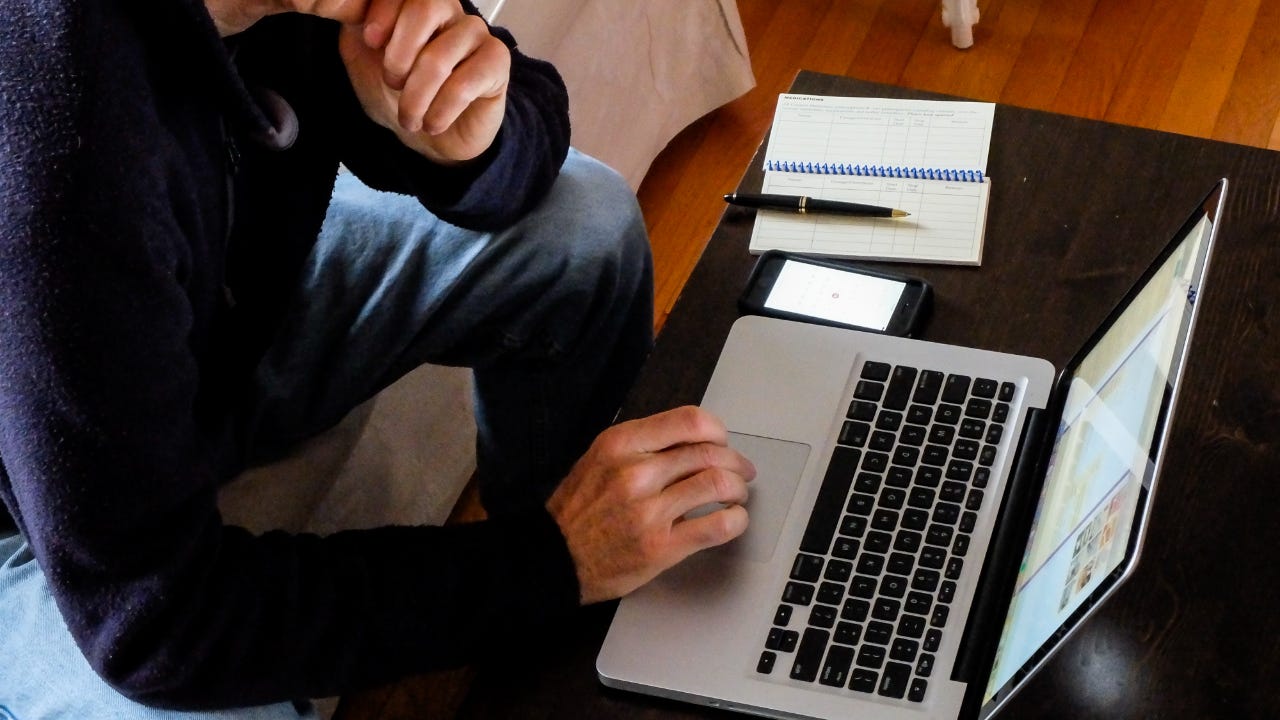How to create a budget that works for you

The Bankrate promise
At Bankrate we strive to help you make smarter financial decisions. While we adhere to strict , this post may contain references to products from our partners. Here's an explanation for .
Building and sticking to a budget is an important part of building a healthy financial life. But it requires commitment. Once you build your budget, you need to track your spending every month — and make adjustments if necessary.
Many people feel trapped by a budget instead of viewing it as a useful tool they’re using to keep their finances in order. The COVID-19 pandemic has made this especially true as changes to everyday life have changed people’s spending patterns. Many people working from home, for example, are spending less on commuting costs, work clothing attire and lunches out. But they’re likely spending more on electricity, heating costs and food deliveries. A job loss or furlough may also crimp income and upend your budget. If you haven’t adjusted your budget accordingly, you might be feeling a lot of budget-related stress.
Here some tips for making a budget that works for you.
Know where you are financially
If you don’t have a budget, the first step toward creating one is taking stock of your finances, says Forrest McCall, a finance and entrepreneurship blogger at Don’t Work Another Day. “Creating a budget that works for you starts with understanding your habits,” McCall says. “Each individual has different tendencies and spending habits. You’ll want to analyze the previous few months of your spending to find where your money is going. Once you’ve taken a look over the past few months, you should average out your monthly spending into several categories.”
Even if you have a budget, it can be worth it to review it every so often, or when a big lifestyle change occurs, such as the stay-at-home orders many experienced at the beginning of the pandemic. A budget that worked just fine before your life changed due to COVID-19 may no longer make sense.
“Budgeting is an evolving process and is not meant to be static,” McCall says. “As you become older or your habits or circumstances change, your budget will need to transform.”
Building or reassessing your budget means spending a month or two tracking every dollar you make and spend, especially if there’s a material change in your life. It can feel difficult, but it’s worth the effort to get a fresh snapshot of your current financial life.
If you’re already spending less than you make, then you’re in a good place. If you’re spending more than your income, then you’ll have to cut some spending.
Once you’ve spent some time tracking your spending, you can break it down into rough categories. For example, you might sort your spending into:
- Rent or mortgage
- Groceries
- Meals out at restaurants
- Car and gas
- Household items
- Entertainment
- Subscriptions
- Pets
- Other spending
- Savings
Based on your spending in each category, you can set monthly spending targets for those categories and make adjustments or cuts where needed.
Remember, there’s no one-size-fits-all budget. Some people do best with a basic budget with just a couple of categories. Others prefer one that breaks down spending into as many buckets as possible to get a clearer picture of what part of their budget is working and what part is not.
Make adjustments
Building your budget shouldn’t be a one-time event, either. Things change. So, in order to make your budget work for you, you have to be willing to make adjustments over time if something isn’t working.
Finance blogger Bethany McCamish shared her experience of budgeting with her partner Charles. “Originally, we just had one lump ‘flexible spending’ category and it wasn’t working,” she says. “We both felt like we held resentment for the other’s spending.”
To fix that, they changed things up.
“We created separate line items for ‘Charles Shopping’ and ‘Bethany Shopping’ which are open flexible spending for us each month,” she explains. “We get to use that cash for anything; we want no questions asked.”
Consider using a budgeting app
Once you’ve created a budget, you have to make sure you stick to it. Tracking your spending accurately can be tiresome, especially if you have to write down everything you buy and how much you spend.
A budgeting app can make this process much easier. If you use a credit or debit card for most purchases, that can make it even easier.
Apps like Mint can integrate with your bank and credit card accounts. Whenever you use your card, Mint will automatically log that transaction and categorize it for you. You can input your budget into Mint and the app will keep track of your spending in each category, sending an alert if you’re close to going over budget.
These apps make it much easier to stay on track. With a good budget and mindful tracking of your spending, it can help reduce the guilt that many people feel about spending money.
Finance YouTuber and blogger Kelly Smith McColgan shares her experience, saying, “Before I started budgeting, I always felt guilty for shopping at my favorite home décor stores; now I add that spending as a line item in my budget and know exactly how much I can spend guilt-free. This allows me not to feel restricted while still hitting my other financial goals and not going hog wild in the store.”
Keep tweaking as needed
Your budget should be a living, breathing document that changes as your financial habits and situation change.
Over time, your income will change (hopefully increase). At the same time, some products become more expensive and others may become cheaper. You might also notice changes in your habits or lifestyle that change your spending.
For example, you may take up a new hobby and want to dedicate more money and time to it or drop a hobby you previously enjoyed.
You shouldn’t feel trapped by your budget if your spending habits have changed. As long as you’ve still budgeted to spend less than you earn, you can adjust the budget for individual categories of spending as your habits change.
If your income increases, there’s nothing wrong with increasing your spending on things that make you happy. However, it’s a good idea to also increase the amount that you save.
Bottom line
Budgets are a financial tool. They should help you live a healthy financial life and save for the future, not make you feel guilty about spending money. Build a budget that reflects your saving and spending priorities. And don’t be afraid to adjust it over time.
Learn more:
Related Articles



